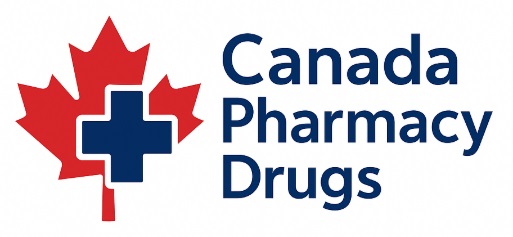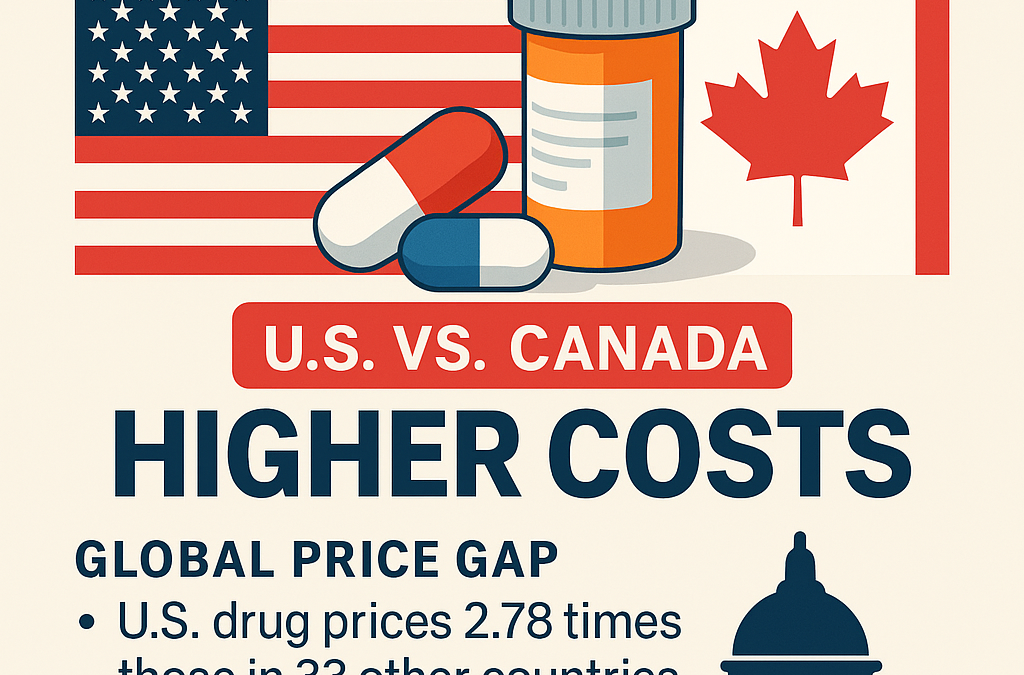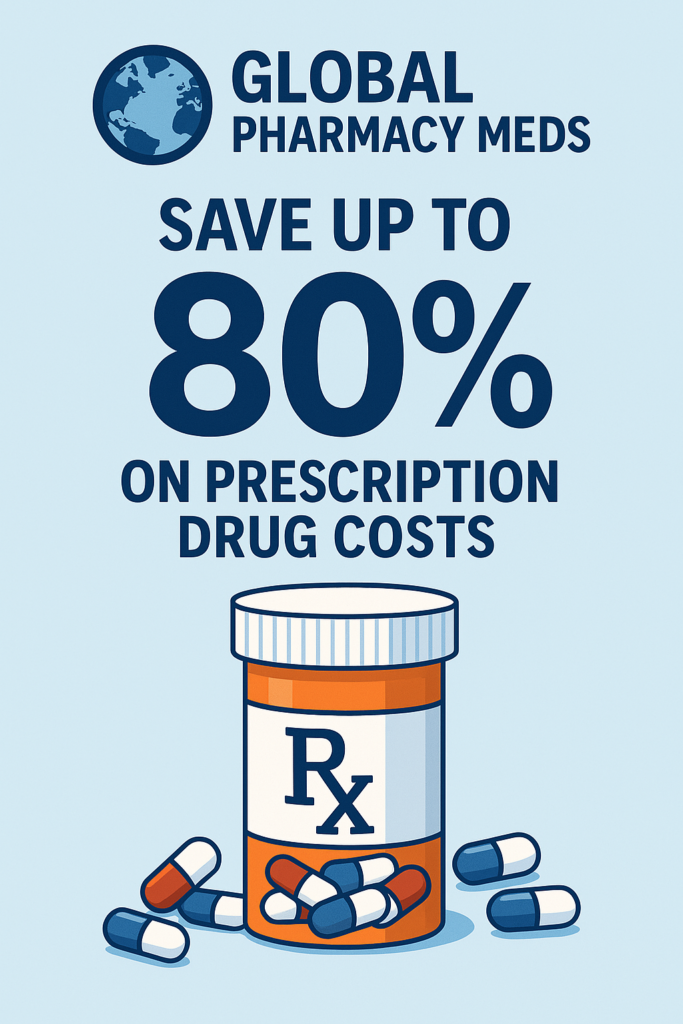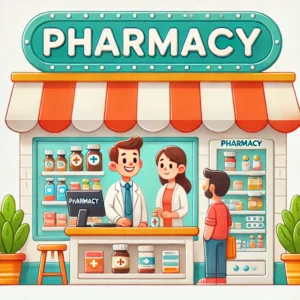As the U.S. heads deeper into 2025, the debate around prescription drug costs continues to dominate headlines. From new government negotiations to policy reversals, Americans are once again asking: Why are we still paying more for the same medications that cost less in other countries?
The answer lies in a combination of healthcare policy, pharmaceutical lobbying, and fragmented regulation — all of which contribute to America’s position as the world leader in prescription drug spending. Meanwhile, countries like Canada, Germany, and the U.K. continue to offer their citizens the same medications at a fraction of the price.
This article breaks down the global price gap, examines the latest developments in U.S. drug pricing reform, and explores what the future may hold for consumers struggling to afford their medications.
📊 The Global Prescription Drug Price Gap
A 2024 study by RAND Corporation found that prescription drug prices in the U.S. are nearly 2.78 times higher than those in 33 other countries. Brand-name medications are the biggest culprits — costing Americans on average 4.22 times more than what citizens in other developed countries pay.
Examples:
-
Insulin: In the U.S., a month’s supply can cost over $300. In Canada? Around $35.
-
Eliquis (blood thinner): $600/month in the U.S. vs. $150 in Germany.
-
Humira (for autoimmune conditions): Over $6,000 in the U.S. vs. under $1,000 in the U.K.
Other countries use centralized health agencies to negotiate drug prices directly with manufacturers, capping prices and ensuring affordability. The U.S., however, historically allowed pharmaceutical companies to set their own prices — with limited negotiation or oversight, especially in Medicare Part D.
🏛️ What’s the U.S. Government Doing About It?
✅ The Inflation Reduction Act (IRA) of 2022
Passed under President Biden, the IRA gave Medicare the authority to negotiate prices for a select number of high-cost drugs for the first time in history. This was a landmark moment — albeit limited in scope.
📢 2025 Update: 15 More Drugs Added
The Centers for Medicare & Medicaid Services (CMS) announced 15 additional medications will now be subject to price negotiations in 2025, building on the first round initiated in 2023. These include medications for diabetes, heart failure, and cancer — some of the most expensive and widely prescribed drugs among seniors.
🚫 Reversals and Roadblocks
In early 2025, former President Donald Trump, now back in office, reversed several Biden-era drug pricing policies through executive order. These reversals halted implementation of select pricing caps and introduced uncertainty into ongoing Medicare negotiations.
According to a report from the American Journal of Managed Care, this reversal could affect millions of seniors who were anticipating lower out-of-pocket costs. Critics argue that this move favors pharmaceutical interests over patient affordability.
⚖️ Can the U.S. Ever Close the Gap?
Congressional Gridlock
While there’s bipartisan support for lowering drug prices, legislative gridlock and lobbying from the pharmaceutical industry (which spent over $370 million on lobbying in 2024 alone) have stalled comprehensive reforms.
CBO: Only Modest Reductions Expected
The Congressional Budget Office (CBO) reports that even with current efforts, only modest savings are expected. Without broader systemic change — like price caps, increased generic availability, or international reference pricing — the gap will likely persist.
💡 What Can Americans Do Right Now?
While long-term solutions may be slow, there are options for consumers looking to save:
1. Use Reputable Canadian Pharmacies
Ordering medications from licensed Canadian pharmacies through verified brokers is legal for personal use (up to a 90-day supply) and often results in savings of 50–80%.
2. Shop Around
Use comparison tools like GoodRx or SingleCare to find the lowest prices locally and online.
3. Request Generic Alternatives
Always ask your doctor if a generic version is available. Generics are regulated to be just as effective and can cut costs significantly.
4. Look into Patient Assistance Programs
Many pharmaceutical companies offer discount cards or financial assistance programs for low-income patients.
🌍 Final Thoughts
Americans continue to pay the highest prices for prescription drugs in the world — a fact that has become more glaring as other countries negotiate better deals for the same medications. While efforts like Medicare negotiations represent progress, recent political shifts and limited reform efforts suggest that true, system-wide change is still a long way off.
In the meantime, informed consumers can leverage options like Canadian pharmacy brokers, generics, and price comparison tools to reduce their medication expenses and stay ahead of the curve.
📣 Stay informed, stay empowered, and always ask questions about your healthcare. The more you know, the better choices you can make — for both your wallet and your well-being.
 Save Up to 80% on Prescription Drugs with Global Pharmacy Meds
Save Up to 80% on Prescription Drugs with Global Pharmacy Meds
Say goodbye to high drug prices. At Global Pharmacy Meds, we connect you with trusted international pharmacies offering FDA-approved medications at a fraction of U.S. costs. Whether you’re managing a chronic condition or filling a maintenance prescription, you can enjoy safe, affordable, and reliable service—with free shipping and real savings.
💊 Trusted Sources
🌍 Global Access
💵 Big Savings
📦 Discreet Delivery
Global Pharmacy Meds — Quality You Trust. Prices You Deserve.







